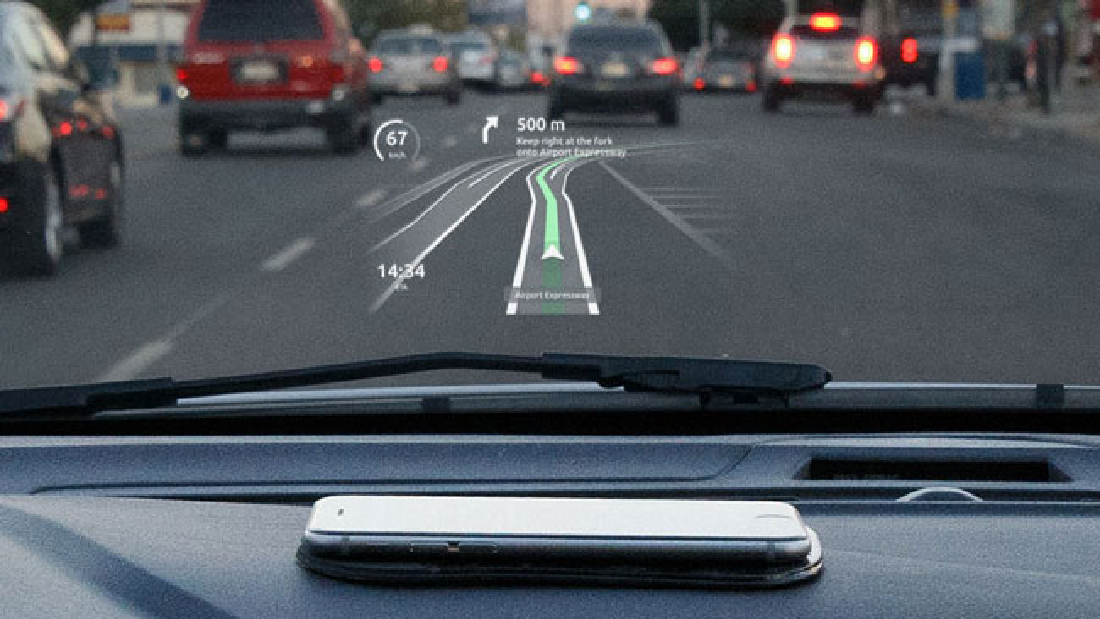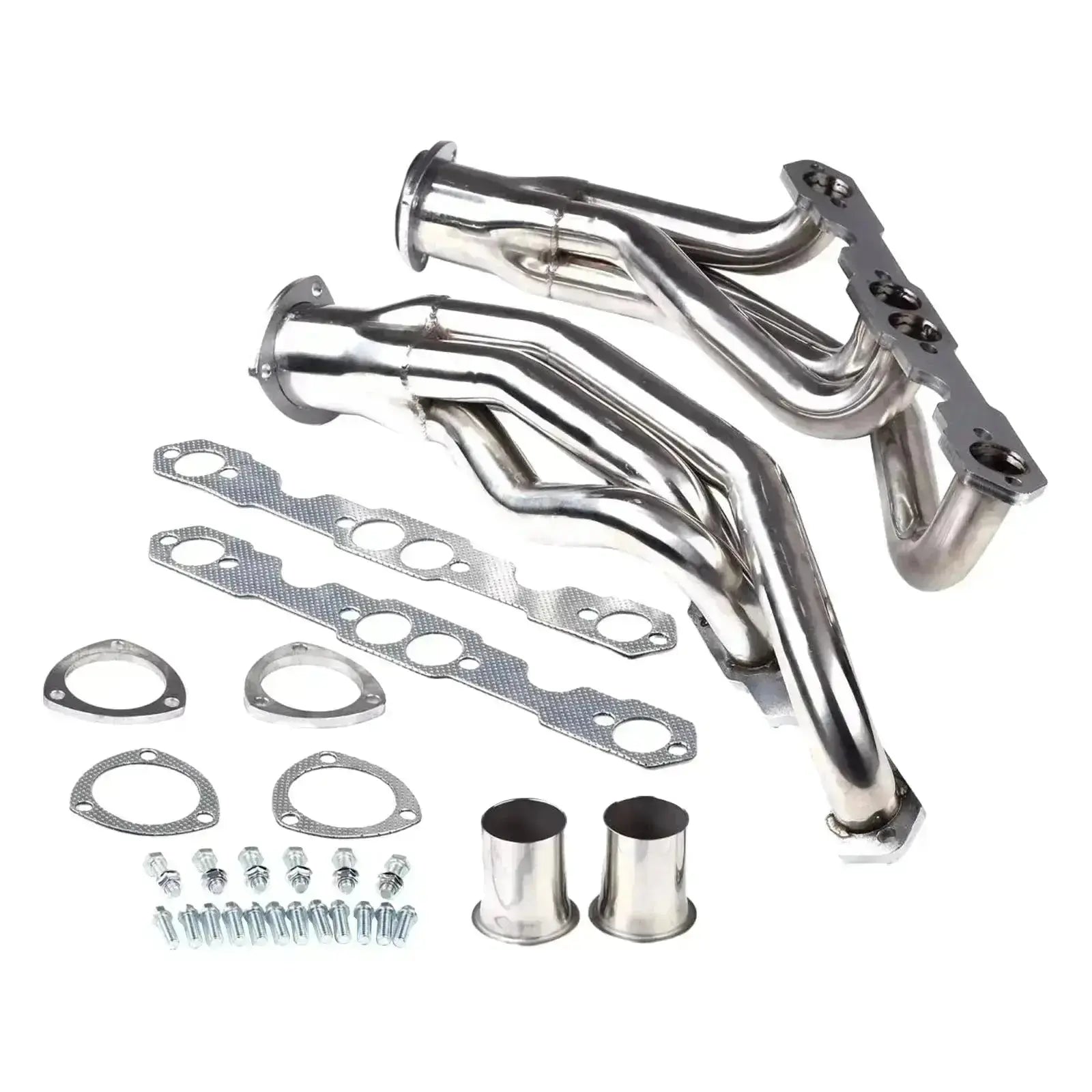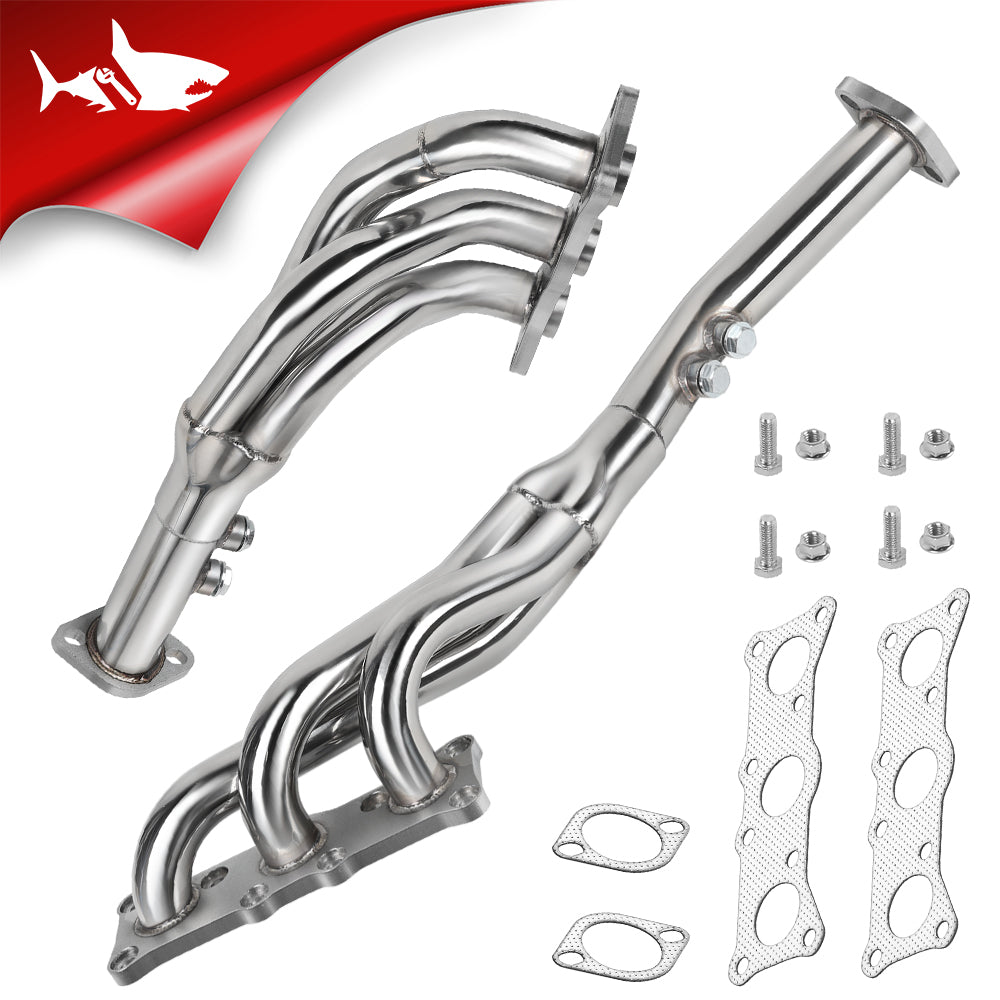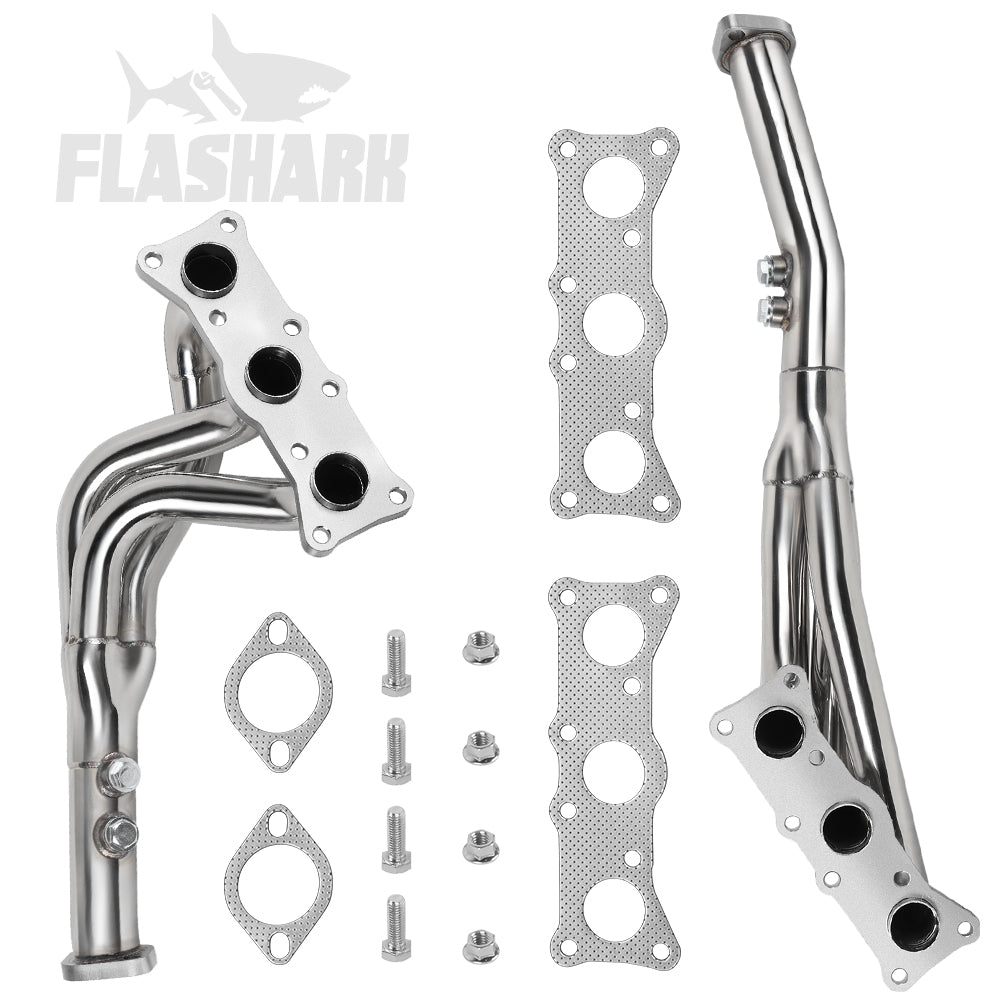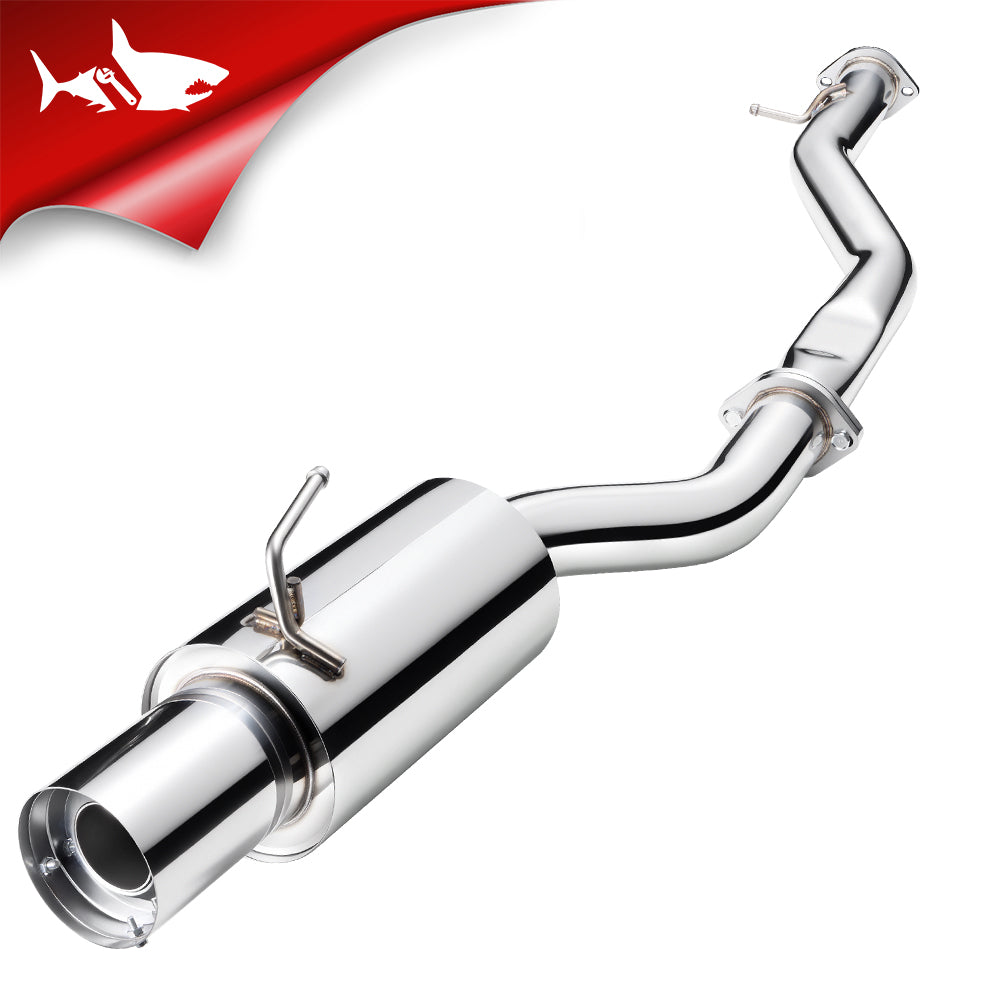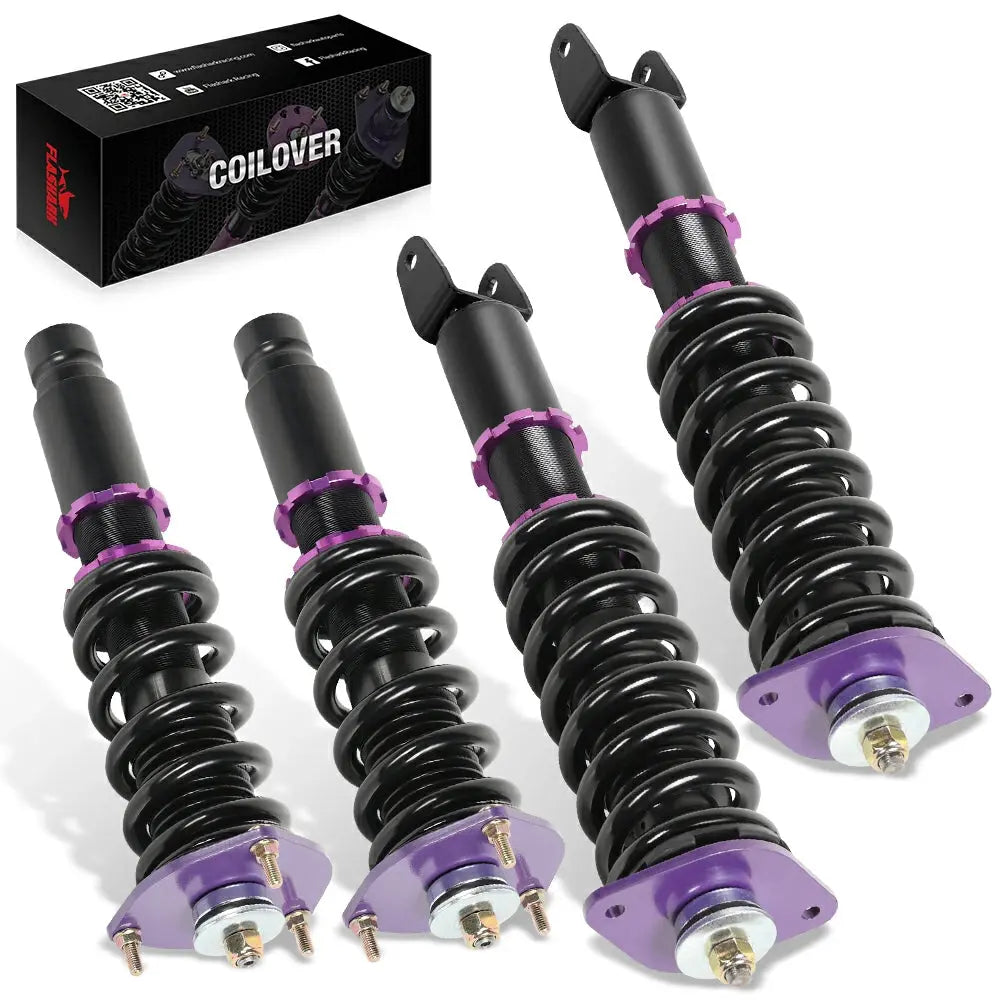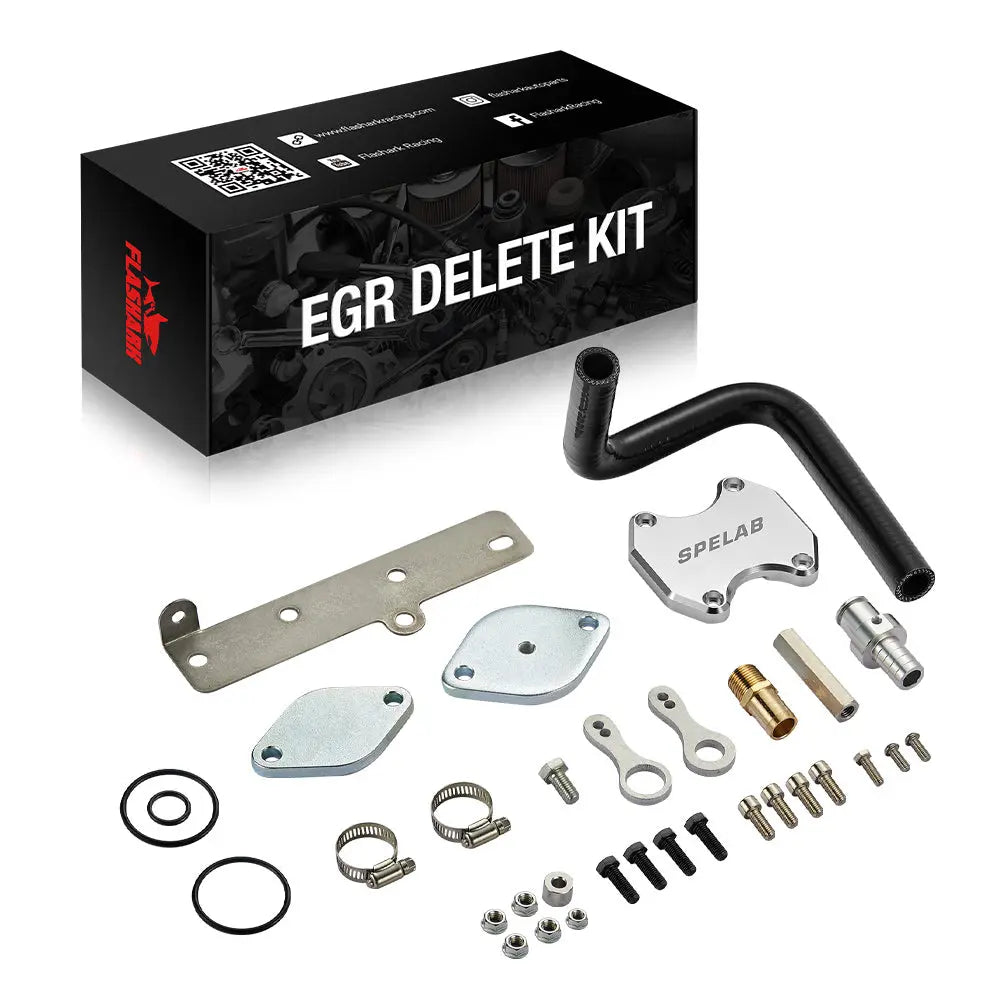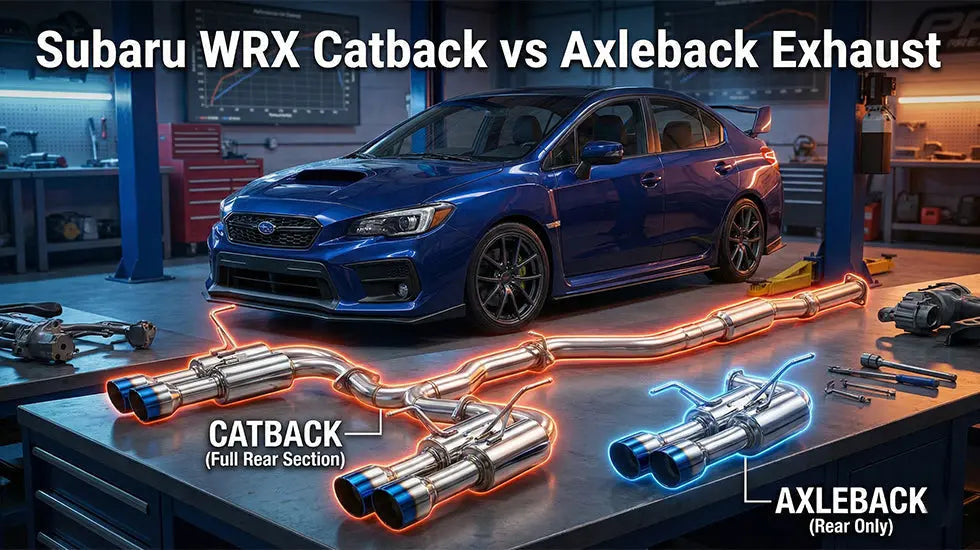With the continuous development of intelligent driving technology, there are more and more information to be judged and reminded to drive a car. Today's dashboard obviously cannot meet these needs. It is inevitable to display driving information and road information on the windshield. Trend, which to a large extent has also driven the development of the head-up display (HUD) industry.
At this stage, in the global automotive supplies market, the penetration rate of HUD is only about 2%. It can be seen that the market space for automotive HUD is very huge. It is expected that the technological advancement of electronic equipment in the cockpit of modern automobiles and the growth trend of connected and autonomous vehicles will further promote the growth of the automotive HUD market.
Currently, BMW, Mercedes-Benz, Audi and other luxury cars and Japanese brands generally have a relatively high HUD configuration rate. In this context, the penetration rate of HUD continues to increase, and technological iterations are also rapidly accelerating. For example, AR-HUD, which was still in the concept stage in the previous two years, will gradually begin mass production with the introduction of related models this year.
What is HUD?
As the name implies, HUD is a display system that displays important driving information on the front windshield in real time to avoid potential safety hazards caused by the driver's head down and diversion. If we look back to the development history of HUD, we find that it first appeared on airplanes. Until 1988, GM first decentralized the technology to automobiles. However, due to technical limitations at the time, the displayed information was limited and the color was single, just like a digital alarm clock, and the overall effect was mediocre. But the technology on this fighter plane was first applied to cars, and it still amazed people at that time.
It wasn't until 2001 that Ford first equipped its model "corvette" with a color display HUD system. HUD really entered the world of color. In 2003, BMW became the first car company in Europe to use HUD technology. With the use of BMW, luxury models such as Mercedes-Benz and Audi began to join. Although it is not the first to try, HUD has really developed with the promotion of these luxury brands. But for a long time, HUD has only appeared in certain models in the luxury car market. For example, BMW’s HUD popularity is relatively high, but the price is not cheap. For example, if you buy a 3 series, you need to buy M The Sports Night Edition will only be equipped with the original factory, but its guide price has reached 359,800. Audi A4L also lists the HUD as an optional item. As long as it costs 17,900, it can be equipped for you, which is a bit similar to modularity, but it is still a high cost.
Another mainstream HUD is named C-HUD. Its main feature is that the display is a piece of transparent plexiglass placed above the instrument. Generally, this piece of glass will be specially treated according to the imaging conditions. It is usually made into a wedge shape to avoid two sides of the glass. The reflection ghost is relatively stable and is not much different from that used by fighter jets.
Our shop also provides 2 HUDs for everyone
We have a HUD specially designed for Tesla 3/Y and a universal HUD suitable for all car models.

The high cost performance has made many people excited, the compact shape, stable display and low price. Most cars can be used in ordinary models and Tesla's special models. Everyone is welcome to buy.


